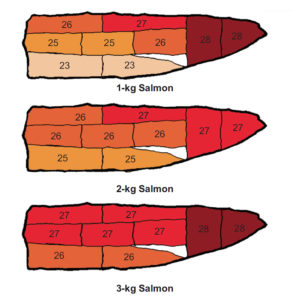
‘Quality map’ for coho salmon fillets identifies color, lipid distribution
In research on coho salmon fillets, muscle astaxanthin level, color, and hardness generally increased from the anterior toward the caudal zone of the fish.
Thailand's dramatic switch from black tigers to disease-resistant Pacific white shrimp has significantly increased profits.

In research on coho salmon fillets, muscle astaxanthin level, color, and hardness generally increased from the anterior toward the caudal zone of the fish.
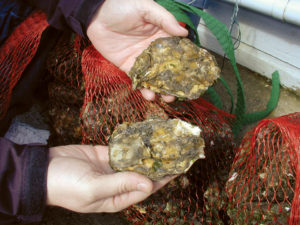
V. parahaemolyticus presents a food safety hazard for those who consume raw shellfish. The organism can grow post-harvest in some shellfish species, especially oysters.
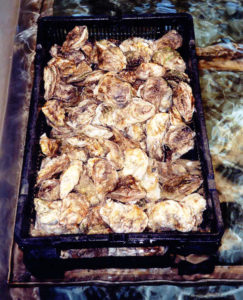
Cryptosporidium parvum, an emerging waterborne pathogen, is frequently isolated in shellfish and can cause diarrhea, fever, nausea, weakness and abdominal cramping.
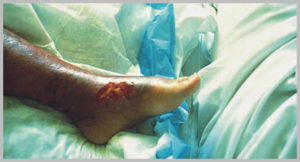
Although eating seafood is generally healthy, consumers with certain medical conditions are advised to avoid raw oysters to avoid potentially life-threatening Vibrio bacteria infection.
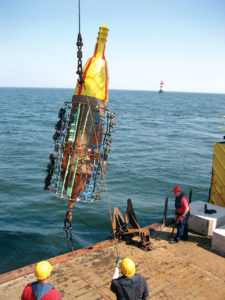
Blue mussel culture on offshore wind farms may be possible in Germany. Trials showed that North Sea facilities can support mussel cultivation in harsh conditions.
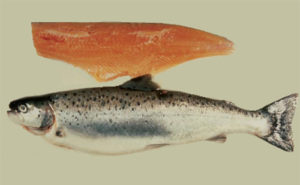
Many studies indicate that adequate seafood intake during pregnancy and lactation increases DHA exposure and has positive effects on infant behavioral development.
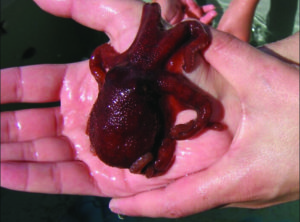
In studies of octopus culture, northern octopuses exhibited fast growth in experimental culture and southern juveniles tolerated culture conditions well.
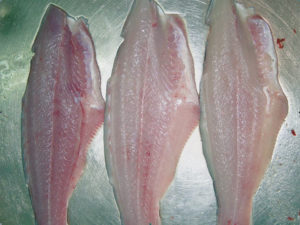
A Quality Index Method (QIM) developed to assess the freshness of pangasius fillets stored on ice showed a high correlation between the index score and storage time.
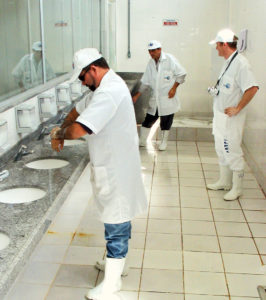
Creative education and orientation on the benefits of good hygiene not only reduce adulteration rates at processing plants.
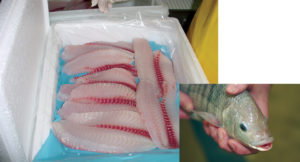
Research has found that varying feed composition results in major differences in the polyunsaturated fatty acid composition of tilapia.
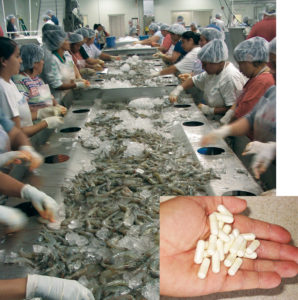
Shrimp processing byproducts are constructively used in shrimp or fish feeds, livestock feeds and plant fertilizer. Chitin from shrimp exoskeletons is used in bandages and varied cosmetic products.
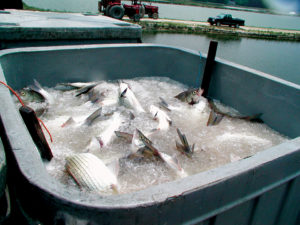
Rapid chilling at harvest can help preserve the freshness of fish, delaying the onset of autolytic reactions and growth of microorganisms.
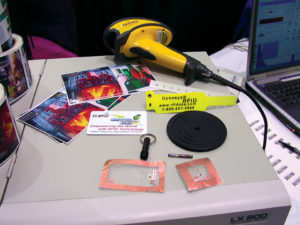
Regulations combined with market pressure has led to a call for traceability for seafood as it moves through food supply chains.
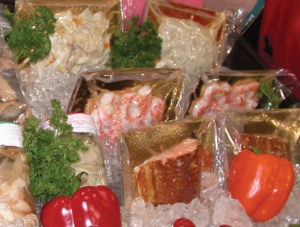
Traditional measures to prevent botulism in seafood have included freezing, refrigeration and the use of time/temperature indicators.

Research on the great scallop in Norway has focused on improving the rearing environment and enhancing larval and spat yield.